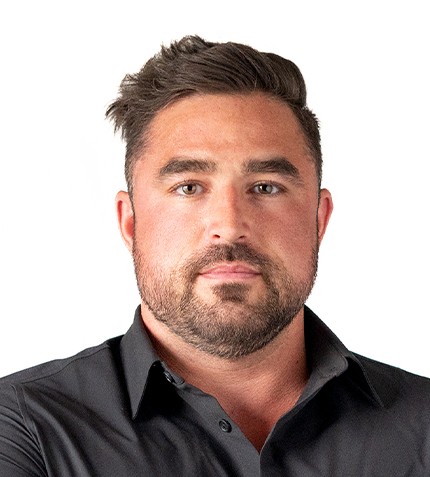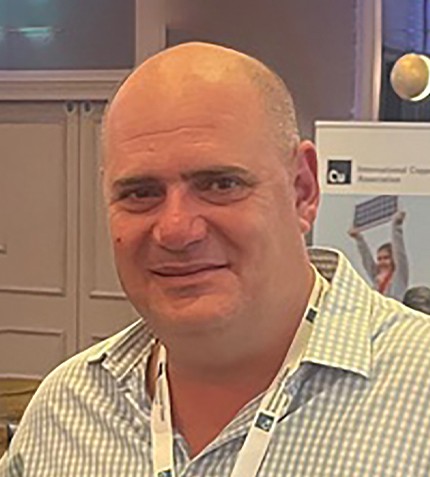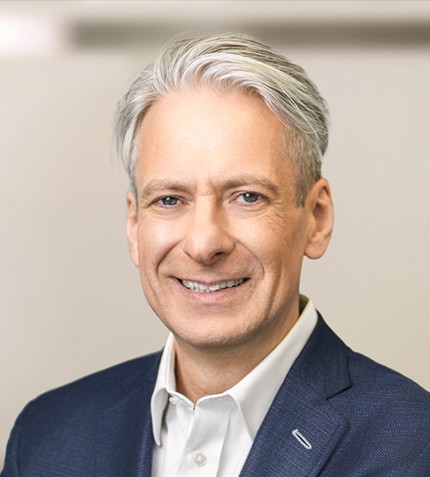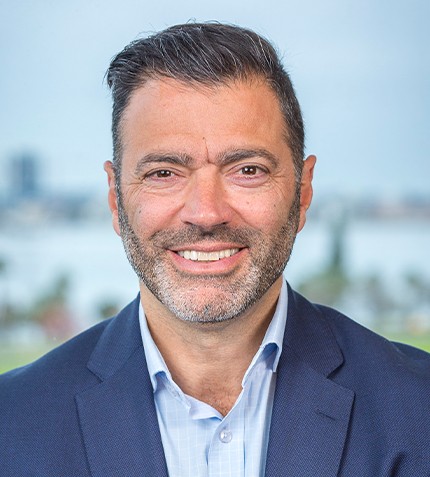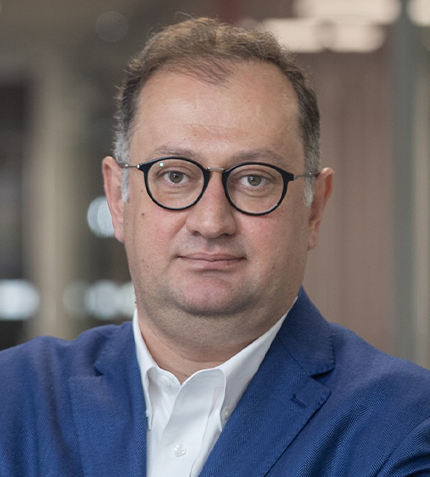
"Our vision is to target US and European steelmakers, turning the asset into a critical step towards South Africa’s re-industrialization and wealth generation."
Vuslat Bayoglu
MANAGING DIRECTOR, MENAR
What have been the latest developments at Menar’s assets over the past year?
One of the key milestones is the completion of the 18-month development of the Mngeni project, a new underground section at Zululand Anthracite Colliery (ZAC), now in operation. Mngeni will contribute an additional 150,000 t/y, extending ZAC's operational life, at a crucial time when anthracite has become more valuable in light of the Russia-Ukraine conflict. We are exploring opportunities to develop another section, potentially doubling our output.
Another major development is the Gugulethu project, which we initiated in 2021. We brought this mine into production in early 2024, commissioning a 400 t/hour coal processing plant. Our target is to achieve a production level of 200,000 t/month by the end of 2024.
Additionally, our East Manganese project, which commenced in 2021, is operational, producing 30,000 t/month. Recently, we completed our first shipment, a 55,000 t cargo out of Port Elizabeth. East Manganese is a small operation, but it has provided valuable experience in manganese production, subsequently leading to our acquisition of Samancor's Metalloys. The project boasts manganese content of 36% to 37%, which can be beneficiated to 80%. This is currently exported to China (mostly) and India for ferromanganese production. Also in the manganese space, we have the Kongoni project, a JV with ERG Africa. Kongoni has a similar manganese content of 36 to 37%, and we are waiting for market conditions to improve before we bring this into production.
Lastly, we began rehabilitation work at the Phalanndwa thermal coal mine, where reserves have depleted. We hope to complete the rehabilitation in the next 18-24 months and then apply for a closure certificate.
Could you comment on the recent acquisition of Metalloys ferromanganese smelting complex from Samancor?
Metalloys was the largest ferromanganese smelter in the world – four electrical furnaces, with a capacity of over 2 million t/y of manganese feed. In 2020, the the outdated furnaces were put on care and maintenance due to issues with the availability and price of power. Menar has kickstarted the acquisition process and we are waiting for the final approval from the Competition Commission. Once the acquisition process is finalized, the complex will be rebranded from Metalloys to Khwelamet. Our vision is to target US and European steelmakers, turning, the asset into a critical step towards South Africa’s re-industrialization and wealth generation.
Could you help us understand the current situation concerning power supply in South Africa?
In the last few months we experienced almost no load-shedding and the new Eskom management deserves our applause for this achievement. Eskom has lifted the electricity availability factor (EAF) of the power stations above 70% and decided to maintain (and fix) the current coal fleet for lack of other baseload sources (South Africa does not have gas, and renewables are a complementary source but cannot secure baseload supply). The questions now are - if and for how long this model can be sustained and what is the plan for when the coal stations age? There is little clarity on these questions so far.
South Africa has a very competitive electricity price, even after the inflationary increases we have seen recently. This contributes to the country’s investment attractiveness, especially for power-intensive industries. The energy sector itself is emerging as a very promising investment opportunity, be this in renewables or baseload energy.
How has the discourse around the acceptance of (thermal) coal in the energy mix evolved?
Despite a massive anti-coal global establishment, demand for thermal coal remains very strong, reaching 8.7 billion t/y in 2023, of which more than half is consumed by China.
While we shouldn’t burn coal indiscriminately, we can continue using it responsibly if we invest in technologies like carbon capture, sequestration, and storage to manage emissions effectively.
Could you walk us through Menar’s next steps?
One of our top priorities is to diversify our risk, which is why our Metalloys deal with Samancor is so significant. The commodities market is volatile; it is crucial that we strategically allocate our investments across a diversified portfolio.
Menar is exploring opportunities beyond our traditional focus areas. We are drilling a gold project in Kyrgyzstan, developing a nickel-cobalt asset in Turkey, and continuing with our thermal coal, anthracite, and manganese operations in South Africa.




